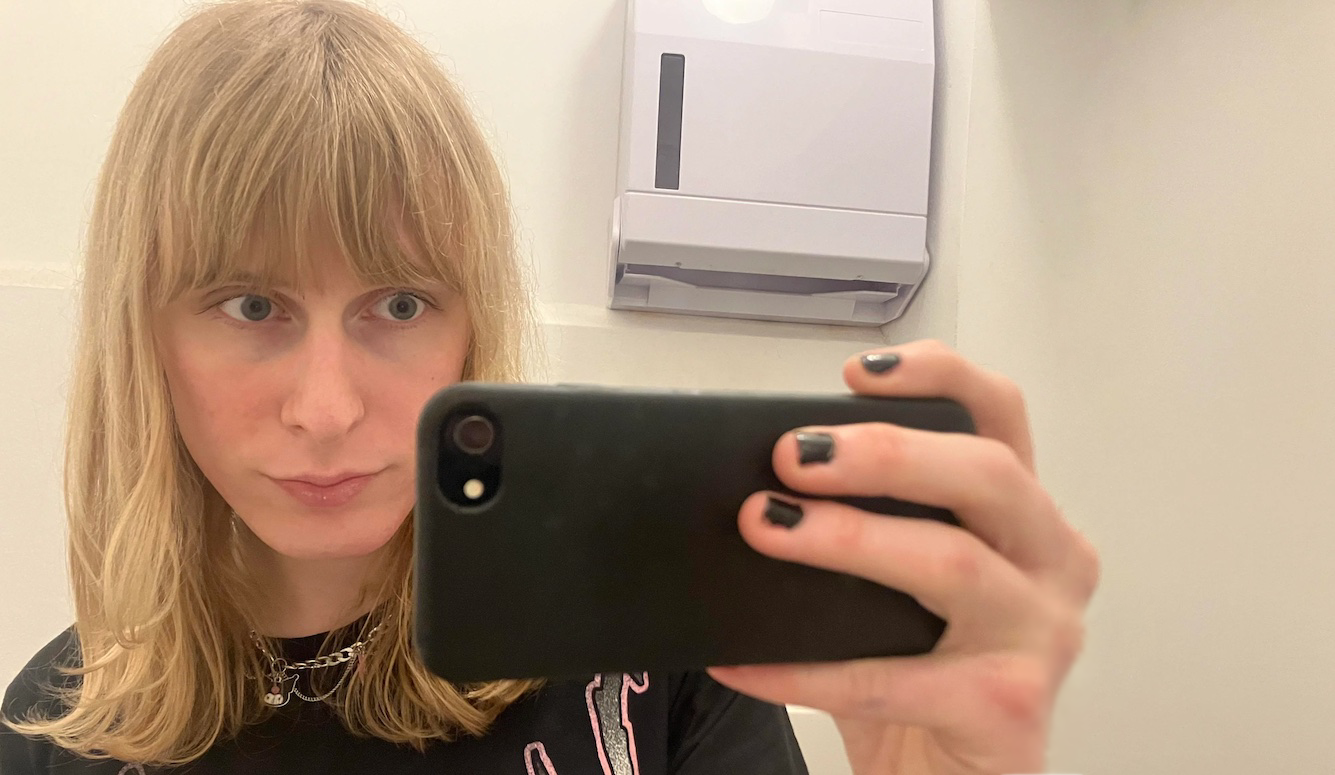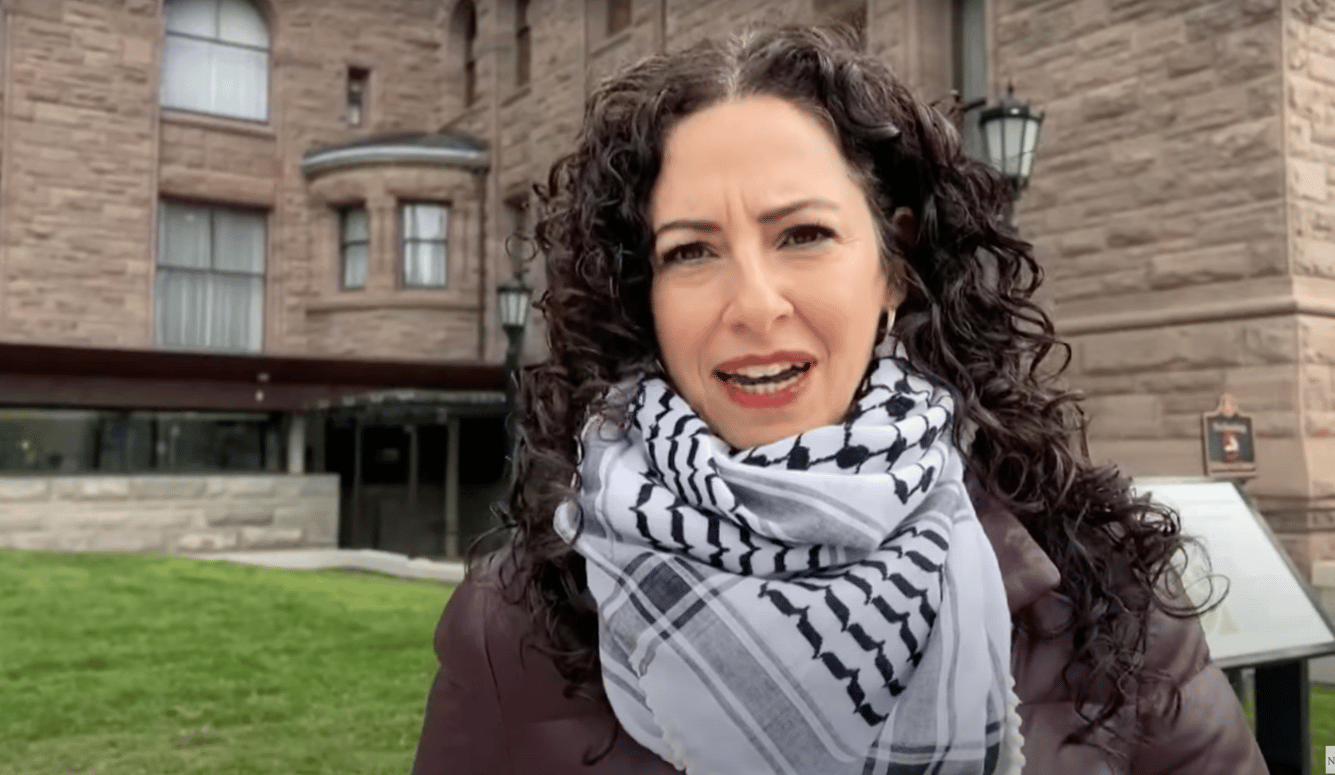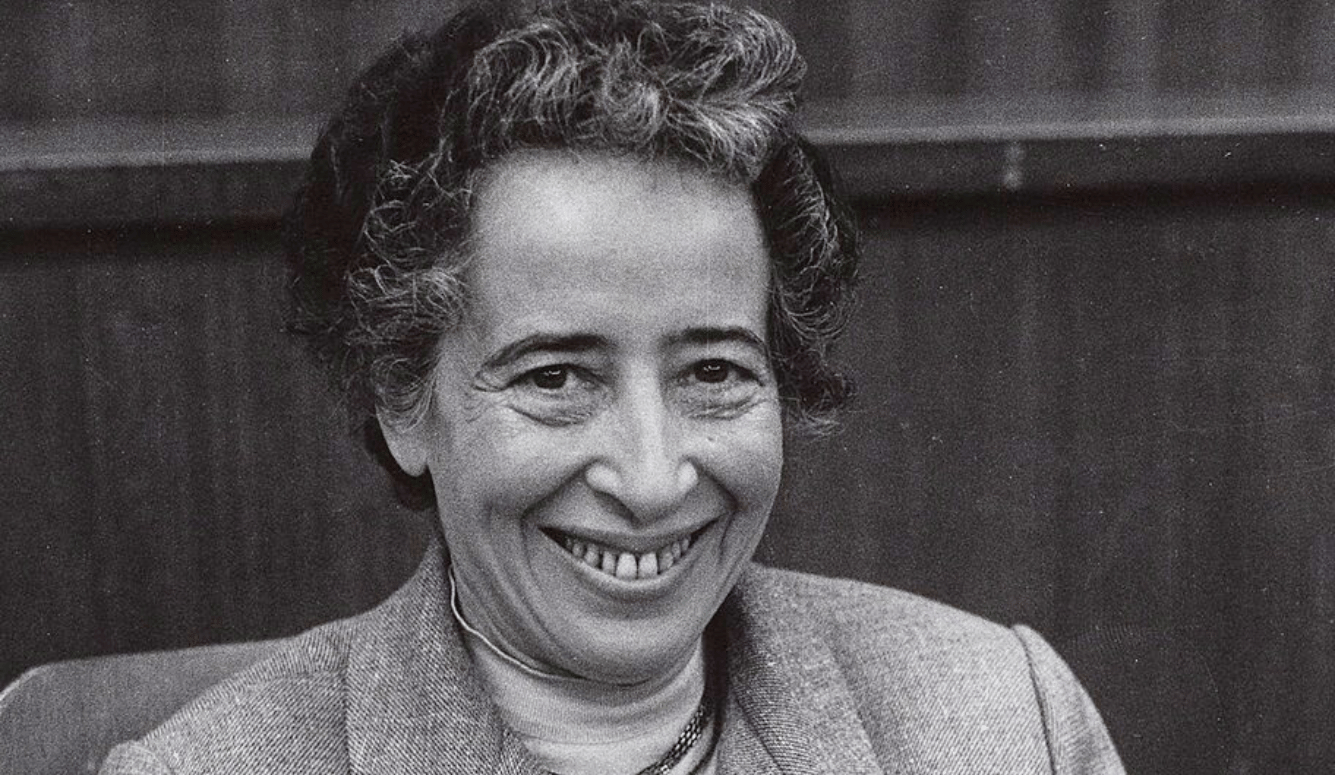Immigration and Instability
Ireland is struggling with new realities in an age of global migration.

Ireland is struggling with new realities in an age of global migration.





Join the newsletter to receive the latest updates in your inbox.